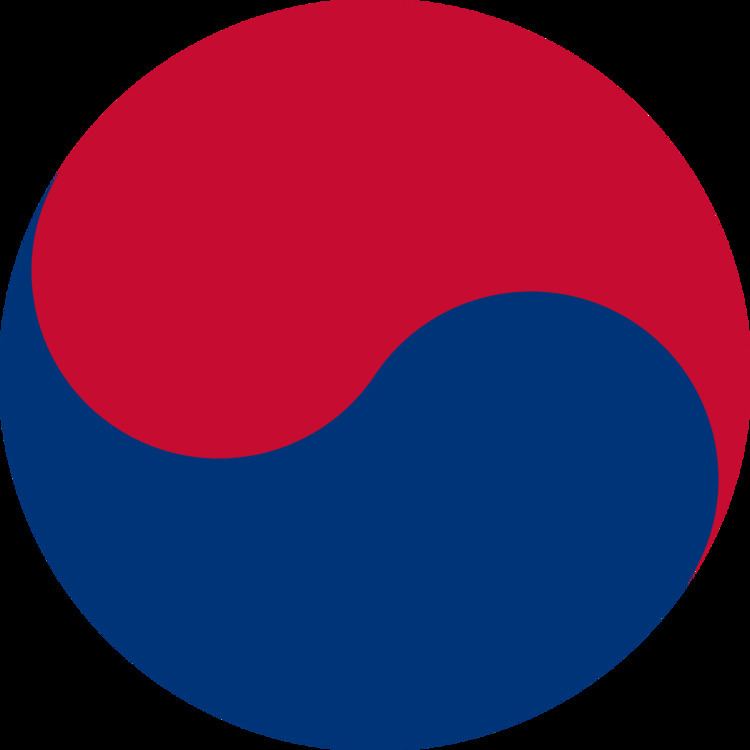Hangul 태극 Revised Romanization Taegeuk | Hanja 太極 McCune–Reischauer T'aegŭk | |
 | ||
In the context of taekwondo the term taegeuk refers to a set of Pumsae (AKA: Poomsae or Poomse) or forms used to teach taekwondo. A form, or Pumsae | Poomsae | Poomse is a defined pattern of defense-and-attack motions. Outside of the context of taekwondo, the word taegeuk refers to the Taoist principle of the "unity of opposites" (yin and yang). Taegeuk is also the name of the red and blue circular symbol used in the flag of South Korea.
Between 1967 and 1971 Kukkiwon-style taekwondo made use of an older set of forms called the palgwae forms developed by the Korea Taekwondo Association (KTA) with input from some of the original nine kwans of taekwondo. By 1970 additional kwans had joined the KTA so the newer set of taegeuk forms was developed to better represent inputs from all the participating kwans. By 1971 the palgwae forms were considered to be deprecated in favor of the newer taegeuk forms, though some school still teach palgwae forms as well. All WTF Pumsae | Poomsae | Poomse competitions use the taeguk poomsae, along with 8 of the black belt Pumsae.
Each Taegeuk form symbolizes a specific state thought to be indicative of the belt the student currently holds, and is represented in WTF Taekwondo by trigrams (originally derived from the I-Ching) similar to those found in the four corners of the South Korean flag.
Taegeuk Poomsae
Many schools require that form practice begin with a bow to the flag and/or instructor, but the motions of the forms themselves do not require the bow, nor is it necessary in personal practice.
